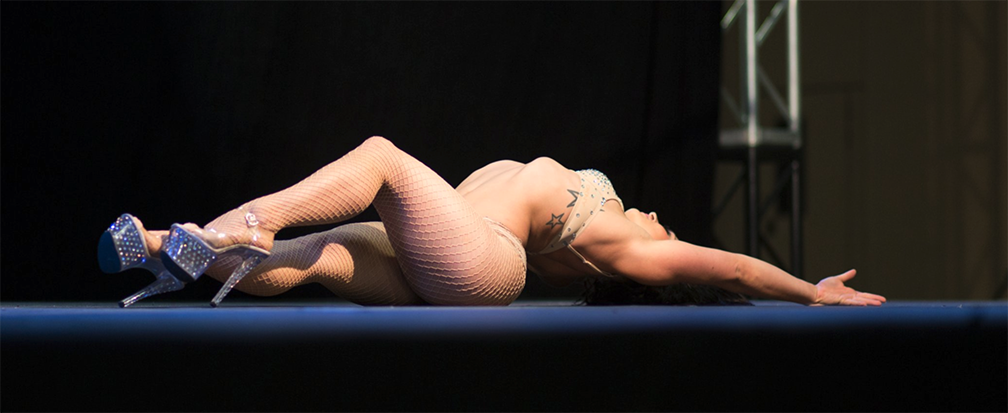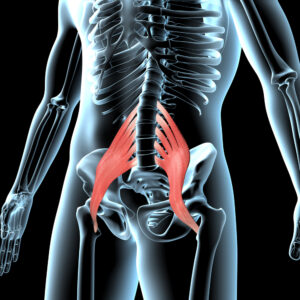There’s lots of reasons to dance in stiletto heels! They look amazing, they can help…

Tips for Returning to Pole Dancing
Aside from being a captivating art form, pole dancing is also an intense discipline that requires consistent physical training. In that regard, pole dancers in Michigan consider pole dancing a form of physical fitness. Various parts of the body are intensely engaged in order to maintain balance, hold a pose, and move gracefully on the pole.
However, injury is a common case for pole dancers who use their muscles more than most. A study by The Journal of Sports Medicine and Physical Fitness found that two years of consistent pole dancing activity caused acute injuries like muscle strains, shoulder tears, and carpal tunnel syndrome in 36.7% of pole dancers. If you’re recovering from such an injury yourself, here are some tips to get back to pole dancing in a safe way.
Consult a healthcare professional
Licensed professionals can give you research-backed advice on how to manage your injuries so that they do not get worse during recovery. If in-person consultations are too costly and inaccessible, consider turning to telehealth. This is a convenient, cost-effective and accessible alternative since it can be done anywhere you’re comfortable and is generally cheaper than in-person appointments.
If you’re hard-put to find a doctor to consult, you can consider consulting nurse practitioners. These professionals have the training to practice independently. The remote nurse practitioners in Louisiana are trained in treating chronic conditions like chronic muscle pain, which you may likely be experiencing as you recover from your injury. All this makes consultations more accessible, so you can return to pole dancing safely and according to what your body needs the most.
Condition your muscles
One of the reasons why dancers get acute injuries is the lack of warm-ups. This is mainly because properly-warmed muscles are what help you safely perform more intense movements on the pole. Once you start reintroducing the pole into your fitness routine, be sure to thoroughly prepare your recovering muscles with gentle warmups before each session. Under the discretion of your physician, incorporate low-impact movements such as yoga, pilates, or no-jump cardio workouts.
Prioritize rest
As previously mentioned, pole dancing exerts a lot of stress on your muscles. While such physical exertion is often necessary to achieve a degree of fitness, your muscles won’t have the chance to repair micro-tears from your injury without rest. Your muscles are also much weaker and prone to further tear after an injury. This makes it vital for you to limit your training times. Add more restful breaks between your sessions and sleep a full 8 hours a night to let your body recover.
Be patient with yourself
Keep in mind: recovery is a process. Our post on recovering “Starting Over (Sort Of)” discusses that following an injury, your body will be unable to pull off the advanced routines that you used to perform with ease. That being said, don’t be so hard on yourself during your recovery.
Approach your return to pole dancing with more patience. Start by practicing basic movements. When trying out a routine, break it down and spread each movement across several training sessions. Work your way up to performing advanced moments that require a high level of flexibility. This will give your body more time to adjust to the movements and transitions in your old routines.
It can be deeply frustrating to be physically incapable of giving your 100% for something you are passionate about. Yet pole dancing demands that you care for your body, as well—so be sure to recover in a way that works for you.
Latest posts by Apple Clapton (see all)
- Tips for Returning to Pole Dancing - September 30, 2022
- Are You Too Old to Start Pole Dancing? - September 24, 2021


